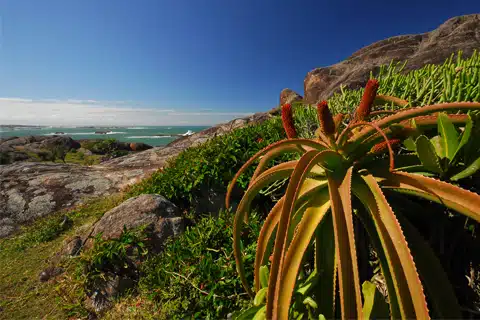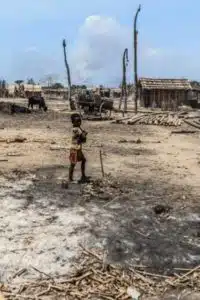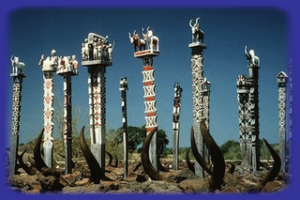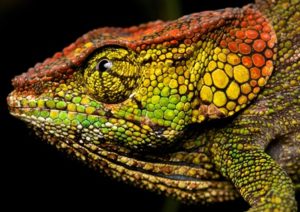The Deep & Dry South of Madagascar
Text: Rojo Rapanoelina
These photos were taken in the middle of National Road 13 after torrential, if not fortunate, rains.
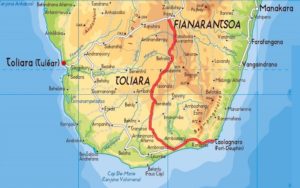
This RN13 had the honor of laying several cornerstones for its rehabilitation, but what have we made of it today or what has become of it since then?
Almost 4 hours of driving to cover 100 kilometers… and yet billions of donations are deposited here every year for projects… it’s disgusting!
Talks and promises to embalm hearts and finally give our compatriots the certainty that begging is the only way to secure their survival.
The city of Ambovombe, the emergency center of Madagascar, is now a city of a thousand beggars!
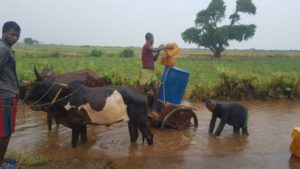
Throughout all these years, we have always known how to keep them alive!
But who are we to condemn an entire population to rely on our help?
We wait for emergencies, and we dare to act only when our interests and potential votes are in danger.
The South is not a graveyard for projects, no, on the contrary!
It is this region of Madagascar that suffers from poor governance and corruption in the upper echelons of society!
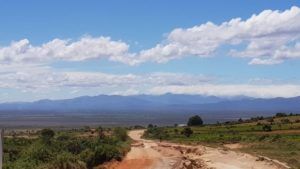
We have come here to share images of beggar children and adults who desperately try to earn more and more millions, billions of euros, and dollars every year.
The RN13 is about 490 km long (slightly less than Antananarivo-Mahajanga), but we cross from Ihosy to Taolagnaro in 2 days by Jeep… or even more if it rains… while we want rain and road here.
Would that be too much to ask?
Would it be the future of children corrupted by humanitarian aid?
In the South, there are nearly 50,000 km2 of watersheds.
There are also rivers that flow into the ocean every year, but is there really no way to benefit the population from it?
This population, willing to invest every year to replenish themselves at the slightest promising sign for the season despite the failures of past seasons?
The South is a diverse culture!
A population that has always vibrated to the rhythm of a rich and impressive culture, a 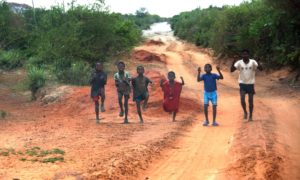
This globalization that has introduced varieties of plants and diseases that have invaded resistant and protective native varieties…
No solution for the South?
It is rarely shown that there is also excess rainfall here, but there is not enough infrastructure to retain all this water and distribute it temporally and spatially correctly.
We forget to show that the South has a different microclimate from one municipality to another, making it an area rich in biodiversity…
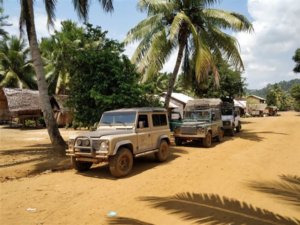
They are as Malagasy as we are, just like those who come here to bring their help in times of crisis and perform “good deeds.” They are Malagasy people who deserve to be taught something other than problems and solutions without a future.
They are our compatriots, and they deserve to benefit from their wealth in return!
And in the end, 20 liters of this water will cost an average of 500 Ariary (11 cents)…

